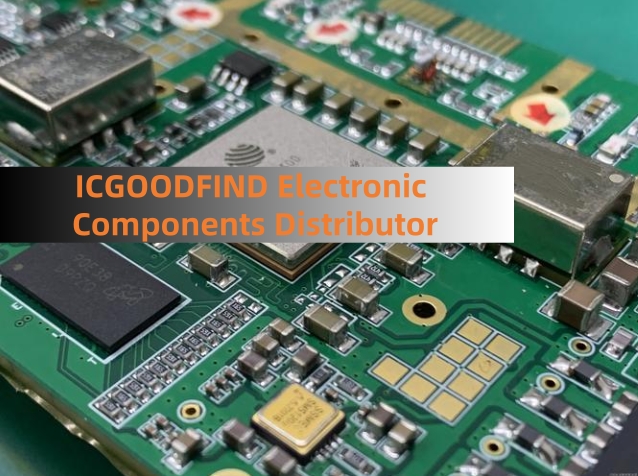Designing with Infineon's TDA5100: A Comprehensive Guide to ASK RF Transmitter Circuits
The Infineon TDA5100 stands as a cornerstone in the world of simple, efficient, and reliable radio frequency (RF) communication for short-range wireless applications. As a monolithic ASK (Amplitude Shift Keying) RF transmitter IC, it simplifies the design process, enabling engineers to implement robust wireless links for remote controls, security systems, tire pressure monitoring systems (TPMS), and home automation. This guide provides a comprehensive overview of designing effective transmitter circuits using this versatile component.
Understanding the TDA5100's Core Architecture
The TDA5100 integrates almost all critical components of an RF transmitter onto a single chip, significantly reducing external part count and design complexity. Its key features include:
A fully integrated Phase-Locked Loop (PLL) synthesizer that ensures stable and precise frequency generation, crucial for meeting regulatory standards.
An on-chip power amplifier (PA) capable of delivering an output power of up to +10 dBm, providing sufficient range for most short-distance applications.
A low-power standby mode, which is essential for battery-operated devices, drastically extending battery life.
A designed operating frequency in the 315 MHz, 434 MHz, or 868 MHz ISM bands, making it suitable for global applications.
Circuit Design Considerations and Implementation
Designing with the TDA5100 revolves around a few key external components that define its operation.

1. Frequency Determination: The operating frequency is set by an external fundamental-mode crystal resonator. The choice of crystal (e.g., 13.56 MHz for 434 MHz output) is paramount, as its stability directly impacts the transmitter's performance and compliance.
2. Antenna Interface: The RF output (pin 6) is designed to drive a simple antenna, such as a loop or whip antenna. For optimal power transfer and range, matching the antenna impedance to the power amplifier's output is critical. This typically involves a simple matching network (inductors and capacitors) whose values must be calculated based on the desired frequency.
3. Data Input (ASK Modulation): The digital data signal to be transmitted is applied to the `DATA` pin (pin 3). The IC performs ASK modulation by turning the RF carrier generated by the PLL on and off according to the logic level of this input signal. A high logic level enables the transmitter; a low level switches it to a low-power state. The data must be formatted correctly, often using a specific encoding scheme like Manchester code, to ensure the receiver can reliably decode it and distinguish between bits and an idle state.
4. Power Supply and Decoupling: A stable and clean power supply is non-negotiable for RF circuits. Effective decoupling using capacitors placed as close as possible to the IC's supply pins is essential to suppress noise and prevent unwanted oscillations that could degrade performance.
5. Standby Mode Control: The `CE` (Chip Enable) pin allows an external microcontroller to put the TDA5100 into its ultra-low-power standby mode, a key feature for maximizing battery longevity in wireless sensors and transmitters.
A Typical Application Circuit
A standard application circuit is elegantly simple. It consists of the TDA5100 IC, the fundamental crystal, a handful of capacitors for decoupling and the PLL loop filter, a resistor to set the PA current, and the antenna matching network. Following Infineon's datasheet reference design and layout recommendations is the surest path to a successful first-pass design. Special attention must be paid to the PCB layout—keeping RF traces short, using a solid ground plane, and isolating the analog RF section from digital noise sources.
Conclusion and Best Practices
The TDA5100 eliminates the traditional complexities of RF design, allowing developers to focus on application logic rather than high-frequency circuitry. Success hinges on careful component selection, mindful PCB layout, and proper data encoding. By adhering to the manufacturer's guidelines and validating performance with a spectrum analyzer, designers can quickly deploy highly reliable wireless transmitters.
ICGOOFIND: The Infineon TDA5100 is an exceptional solution for engineers seeking to add low-cost, low-power, and highly integrated ASK RF transmission capabilities to their designs. Its comprehensive feature set minimizes external components and simplifies the development process, making robust wireless connectivity accessible for a vast array of consumer and industrial products.
Keywords: ASK Modulation, RF Transmitter, TDA5100, PLL Synthesizer, Low-Power Design
